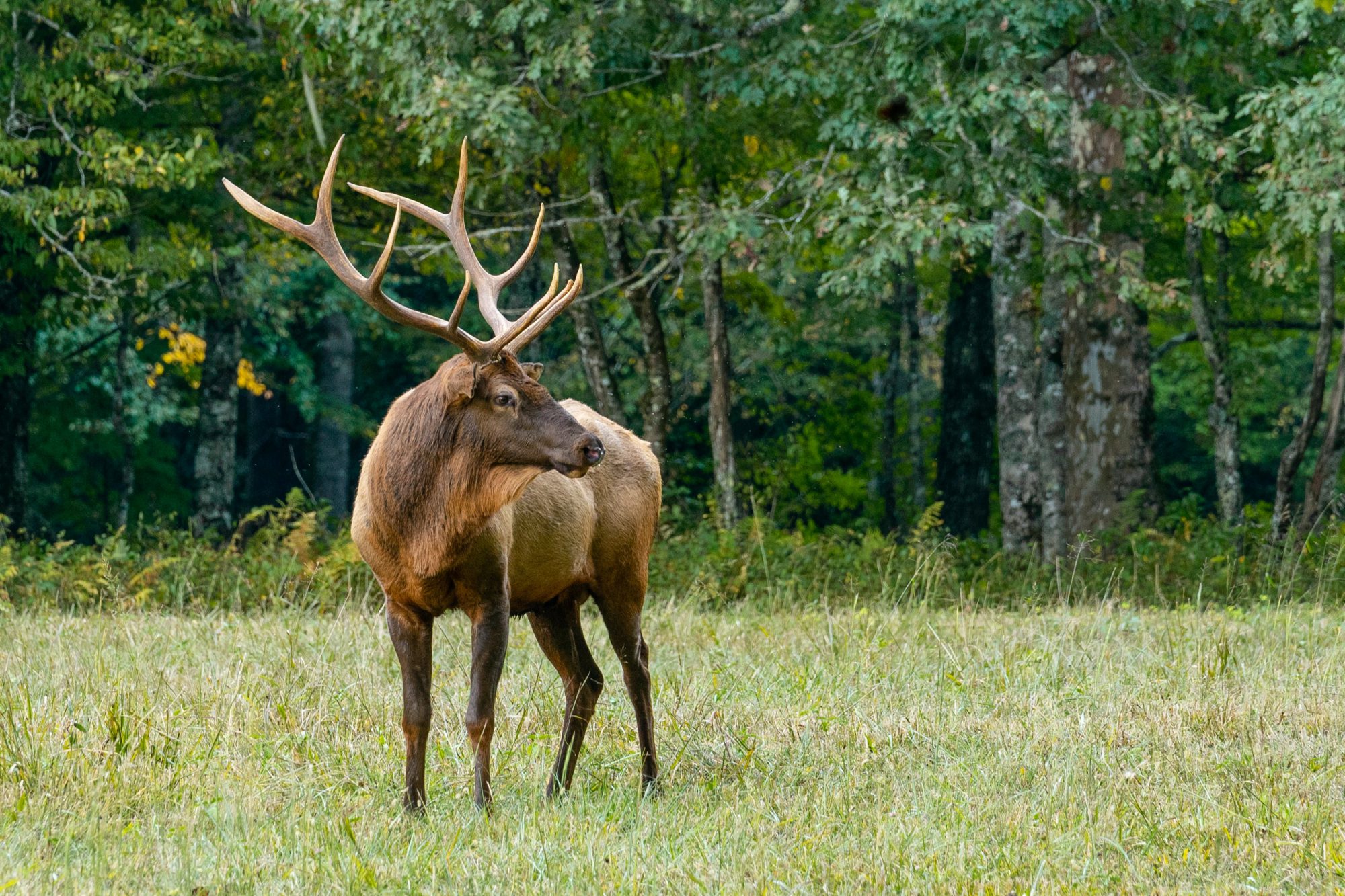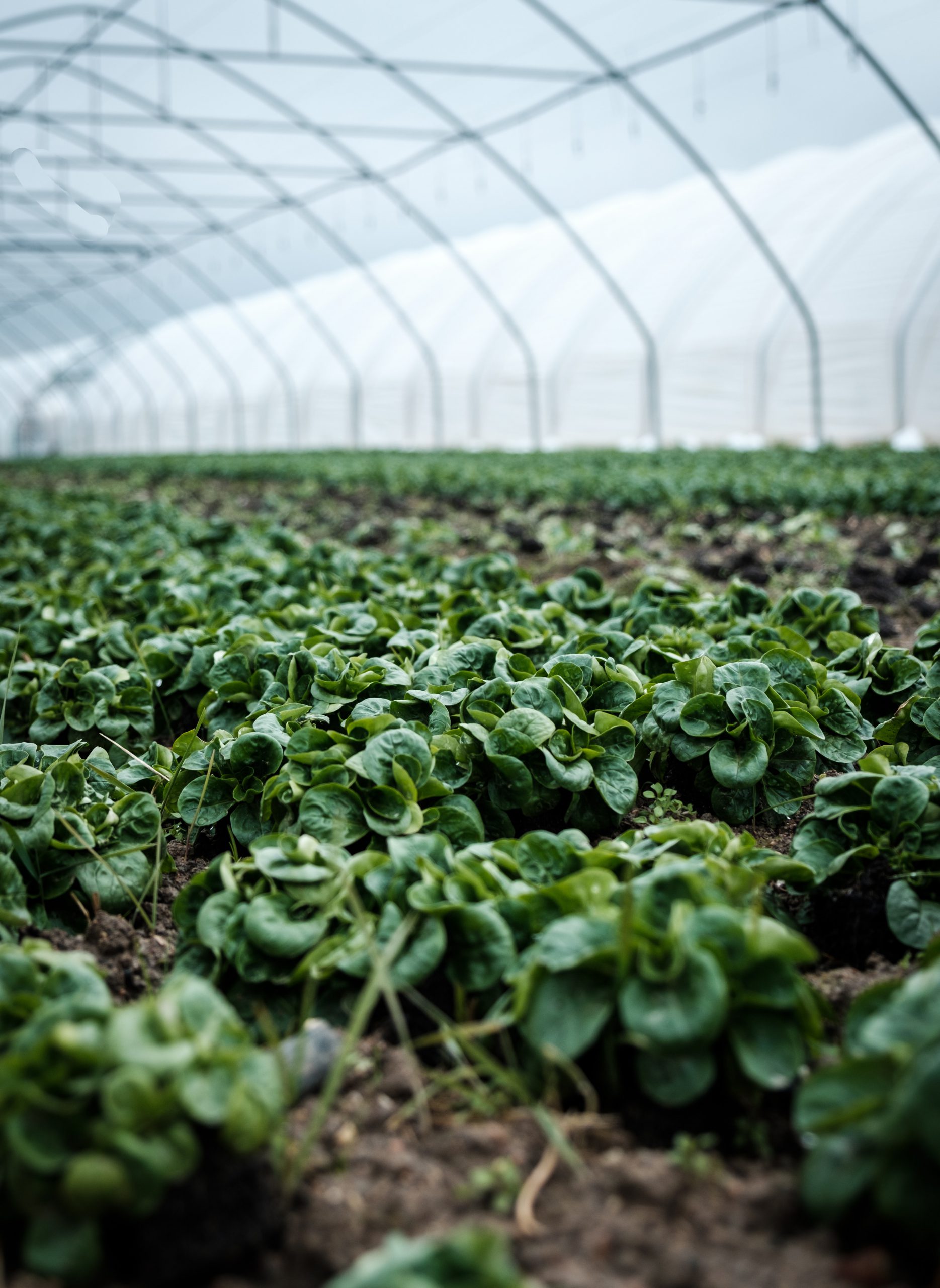The supply chain for deer velvet as an ingredient for medicinal and food products is a complex one from farm to final processing.
Deer Industry New Zealand recognised a need to bring greater transparency and trust to the velvet supply chain to satisfy New Zealand’s food regulations. It also wanted to meet the expectations of multinational health and consumer goods marketing companies.
________________________________________________________________________________________________________
Project highlights
- Development of tracing system for individually harvested velvet
- Ensuring system extended to the full length of the supply chain to help build trust in the market
- Transition of all parties off paper based recording systems into a single digital platform
________________________________________________________________________________________________________
The organisation saw that having a tracing system for individually harvested velvet that extended along the full length of the supply chain would help build trust in the market. A digital solution was required to prove the supply chain’s validity and transparency, from the farm based velveting facilities, to the final processing point.
Deer Industry New Zealand CEO Innes Moffat says developing a tracking system for the deer industry was a big undertaking for a relatively small industry body, but one that was important to enhance the reputation of this valuable product.
“The unique aspects of velveting, with its on-farm collection, the need for veterinary supervision, and collection by velvet buyers meant there are multiple parties involved, and multiple compliance issues that need to be addressed and included in any tracking and validation system.”
For that reason, Deer Industry NZ approached Rezare Systems, and welcomed the company’s proposal to develop a bespoke system, now known as VelTrak.
“Rezare understood the challenges and complexities and did not try to simply sell us an ‘off-the-shelf’ solution to that.”
“Our aim was to have a system that was as seamless as possible, tying all aspects and all parties together under it.”
Innes says a key requirement of VelTrak was to move all parties off a paper-based recording system into a single digital recording platform.
Veterinarians are now able to search the farm’s regulated control scheme (RCS) status prior to supplying velvet RFID tags, with a “red flag” ensuring non-compliant farmers will not be supplied.
Tags for attachment to harvested velvet are able to be recorded by VelTrak when scanned out to clients, removing the need for vets to have to transcribe tag numbers into their own logs of tags allocated to farmer clients.
“Vets can easily look up their stock of tags, and order more online, while the system ensures more efficient monitoring of tag stocks and allocation by clinic.” Says Innes.
“And for farmers, they will find the paperwork is removed for them, and they don’t need to scan the tags.
“All farmers have to do is just keep tagging their whole-stick velvet and confirm an electronic velvet status declaration (VSD) when notified it is ready. Copies of paper VSDs are no longer needed, and all are stored digitally and are searchable.”
“Rezare have worked with us on a system that has many different combinations of farms, premises, ownership status with veterinary professional involvement adding another layer of complexity.”
Wade Parker, Rezare’s project development lead on VelTrak says the previous recording system worked but was manual and paper based, which did not give the transparency and auditability that is now needed.
“There was a potential issue with recording dates and numbers manually. We developed VelTrak ensuring tag data on velvet was captured by scanning, along with most fixed data such as addresses being pre-populated into fixed forms or capable of being selected from menus.”
But Rezare’s input also extended beyond the farm-vet interaction. The VSD is created by whoever is buying the velvet from a farmer, whether independent buyer, processor or packhouse, compared to the old system where the farmer generated the VSD.
The ability to read an entire bin of tagged velvet using a UHF RFID scanner enables a rapid read and creation of the VSD, from where the VSD is then sent to the farmer to complete the declaration.
The VSD form is a legal requirement to have traceability within the supply chain. The farmer must declare through the questions on the VSD form that their velvet consignment complies with the requirements for human consumption.
The system ensures traceability for every movement of the velvet through the supply chain. For example, every step from farm to independent buyer, then packhouse to processor is traceable. The tags provide visible assurance about the velvet’s compliance.
Individuals in the supply chain are able to see one step up the chain, and one step down, with Deer Industry NZ seeing the entire chain.
VelTrak’s requirement that all participants throughout the supply chain be registered with Deer Industry NZ ensures no opportunity for an occasional velvet player to enter and exit, risking undermining the work done by long standing players in the market.
“The project was helped along a lot by Deer Industry NZ having a project manager on board who understood both the deer industry and software needs, this helped make a tough project somewhat easier,” says Parker.
VelTrak will be fully live for the new season’s harvest of velvet from spring 2021, but initial feedback from early trial users has been wholly positive.
“We have been able to develop a solution to quite a complex supply chain and unique product that has balanced the budget of the client against functionality – it only incorporates what was needed.” Parker adds.
“We worked closely to only build what was needed in an efficient and agile framework.”


